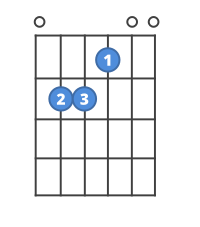On this page, you’ll learn three ways to play F#m, pronounced F sharp minor, on the guitar.
Below, we’ll talk about how each one works, but feel free to jump straight to:
This is a common chord for beginning players to get stuck on. In fact, it’s one of the most looked up chords on chordbank.com.
Why?
Mostly because the most common way you’ll find to play it has a barre, where you cover more than one string with the same finger.
And barres are hard.
It takes a few weeks of playing and practice to get enough strength in your fingers to make a barre work.
Luckily, there is more than one way to play it, including at least one that doesn’t require a barre at all.
Let’s start with the most difficult, and work our way to the easiest.
This one is a little tricky for beginners. If you’re just getting started, consider scrolling down to one of the easier versions below.
Still with us?
OK!
The classic, textbook way to play F#m looks like this:
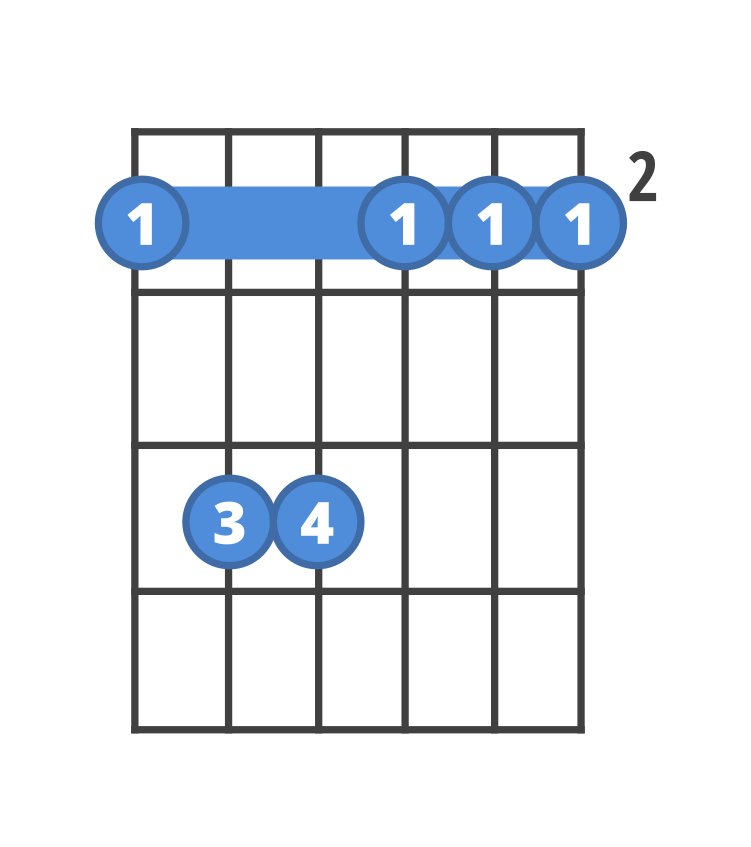
You’ve got a barre, where you place your first finger across all the strings at the second fret, and then you use your second and third fingers to fret the fourth and fifth strings, at the fourth fret.
These barres can be really challenging, especially for beginners.
Read on below for two ways to make this chord easier to play, or be sure to check out our ultimate guide to barre chords:
First, barres are easier to play the smaller they are.
You’ve got six strings, but that doesn’t mean you need to play all of them all the time.
Instead of putting your first finger across all the strings, you can just cover the first three, like this:
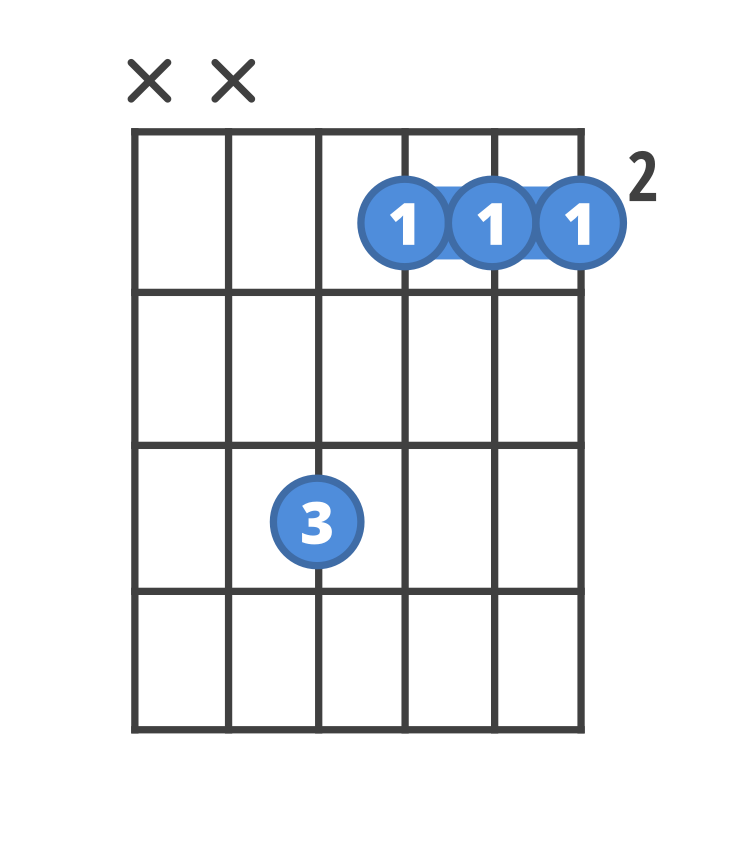
You might find this easier to play, and you can use this chord to start to feel more comfortable practicing barres and making them sound great too.
The last version we’ll learn doesn’t need any barre at all.
You’ll just be playing the thinnest three strings, all at the second fret. Like this:
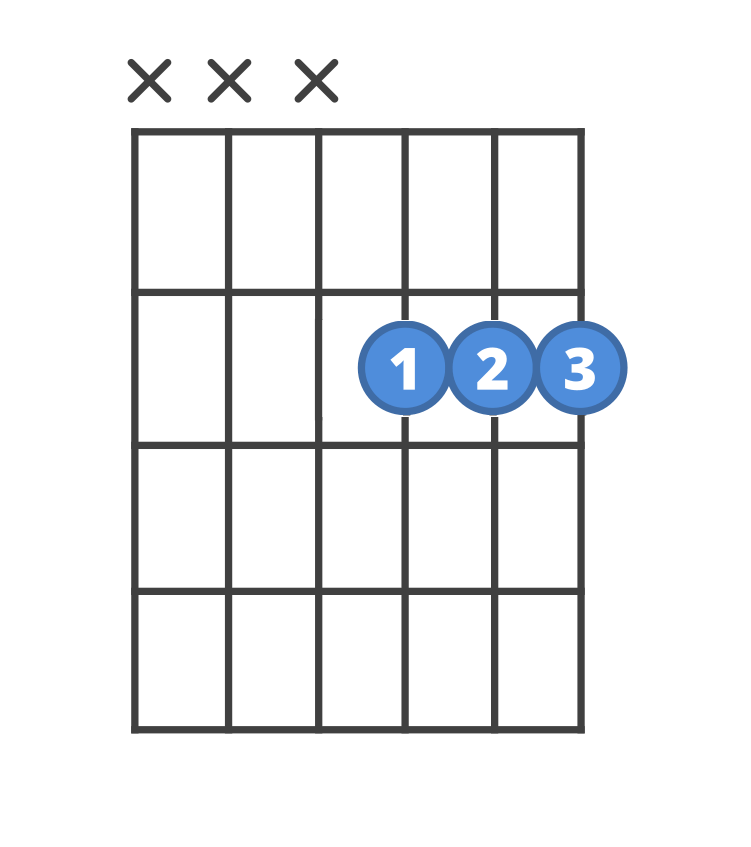
The most important part of this version: do not play the thickest three strings, the ones closest to the ceiling. Only play the thinnest three strings, the ones with your fingers on them.
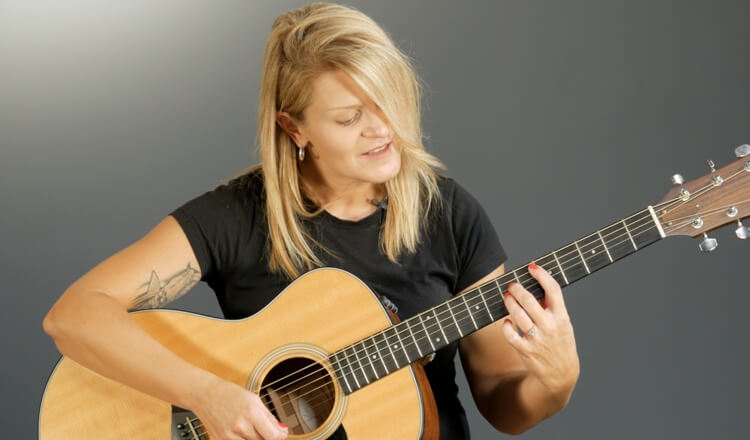
Do barre chords scare you? They don’t have to.
We have an excellent video series by Anna Freitas that will demystify Barre Chords once and for all.
You’ll learn to play the most important barre chord shapes, with tips for finding your way up and down the fretboard, changing chords, and getting rid of that awful fret buzz that plagues beginning players.
Here are some direct links to ChordBank’s practice drills and games for beginners learning the F#m chord.
To learn chords, you’ve got to play them, get them stuck in your muscle-memory.
Let’s start with some games.
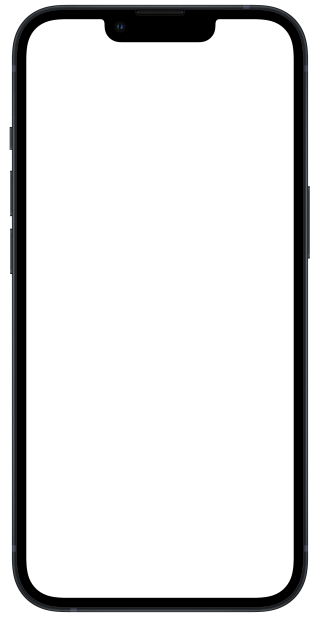

Try playing ChordPOP! or Blackjack while taking your fingers on and off the strings. ChordBank will listen to your iPhone’s microphone, and fire darts, place bets, or deal cards as you play.

Learning to change cleanly between chords as you learn is such an important step on your journey from someone who has a guitar, to someone who plays the guitar.
These flashcards will help you do just that.
You couldn’t ask for a better chord to practice F#m with than the A major chord.
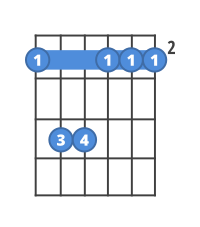
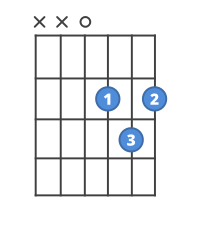
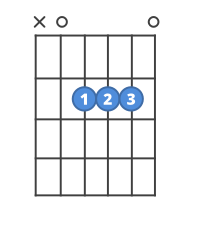
You’ll see these two together all the time, so it’s a good one to start with.
If you’ve already started feeling good about placing your fingers for F#m, try adding in the D and E major chords.



